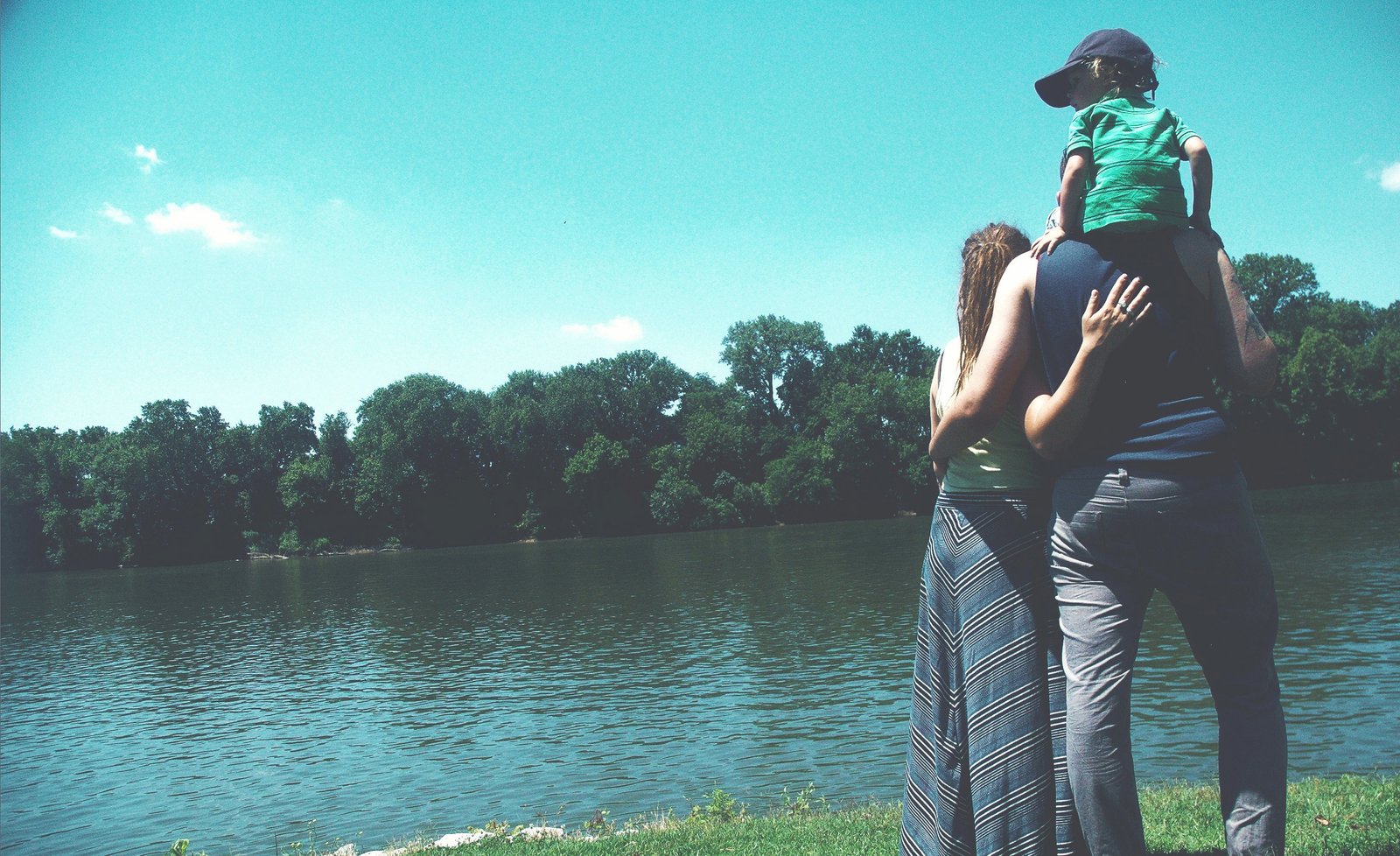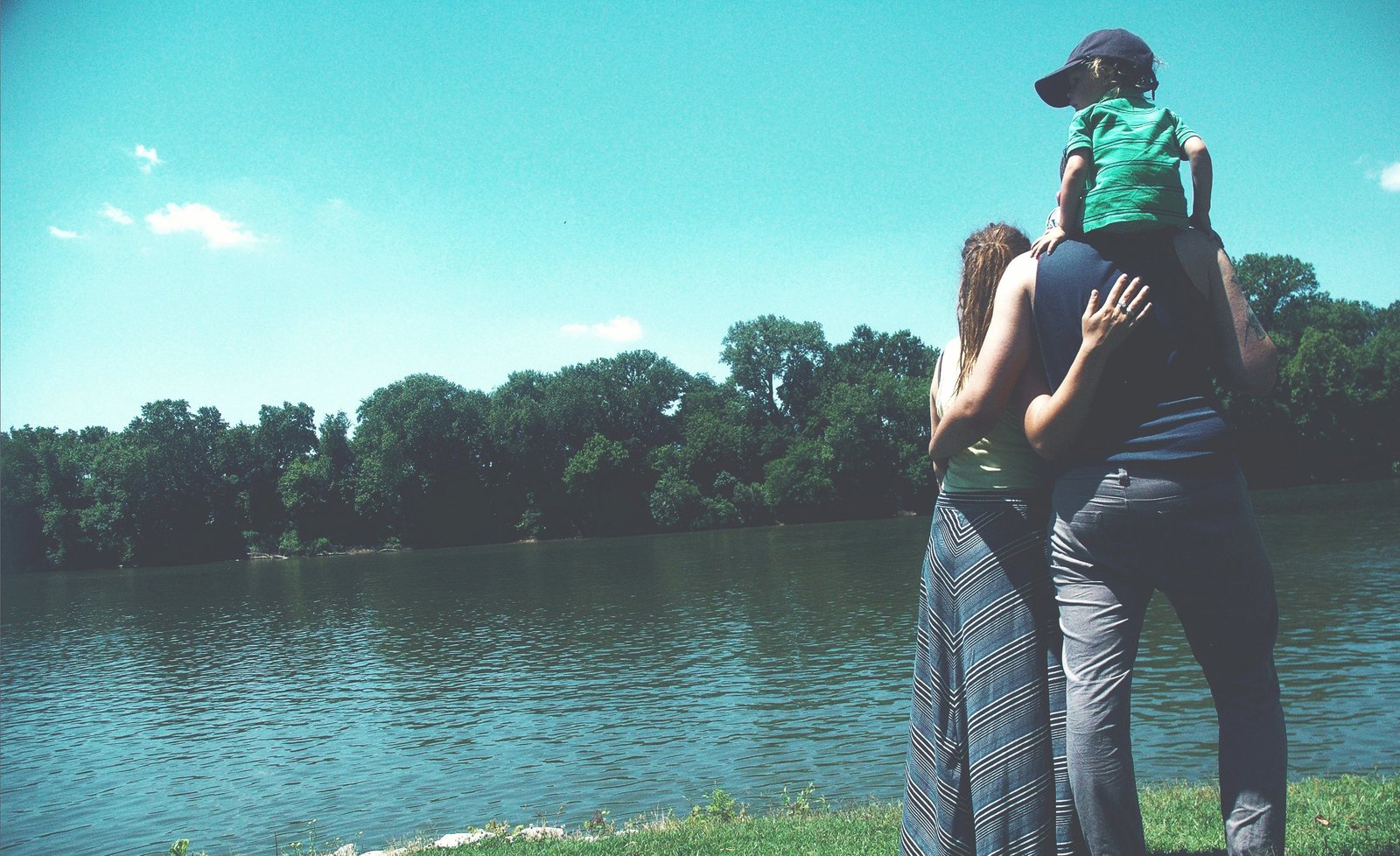
I know we’re still getting to know each other on this blog, but if you would indulge me in a little thought experiment, I think it will help us on our endeavor to create an inclusive environment for the autism community:
Picture Tom. He’s an autistic person who is very reflective about life and contemplative in his prayers. He is socially awkward when he’s around his peers at church, but he doesn’t let that stop him from trying to be engaged in the community.
Now picture Sarah. She loves art and always seems to have an eye for visual meaning in the religious artwork at her church. She’s also autistic and doesn’t verbally speak, but she uses her drawings and a picture exchange communication system to communicate her thoughts and feelings.
How did you picture Tom? How about Sarah? How old were they? Chances are, you probably pictured children or maybe even teenagers and young adults. What if I told you that Tom is 51-years-old and Sarah is 38-years-old?
Much of the media attention surrounding autism focuses on children and so each of us tends to imagine a young person when someone mentions autism. In part, this is because institutionalization was a common practice until somewhat recently in the autism treatment; so many older autistics are “out of sight, out of mind” or died younger because of less than ideal living conditions. Another reason autism receives so much attention as a childhood disorder is because the number of autistic children receiving a diagnosis has dramatically increased in the past decade or so. It’s important to note that while the diagnosis rate has dramatically increased in children, autism has existed for probably at least centuries, under different names – or perhaps with no diagnosis at all (For example, see Henry Cavendish as highlighted in Steve Silberman’s NeuroTribes; see this interview in which Silberman discusses the diagnosis issue/history).
This matters, because if we are to create inclusive churches for the autism community, we have to understand that autistic individuals include adults too.
I define the autism community to be “autistic individuals and their loved ones”. It is easy to think this means autistic individuals and their parents, but it also means autistic individuals and their spouse and/or children (See Autism in Love for example). It might be a little obvious, but the implications are far reaching for our “autism ministries” and how we approach autism inclusion in our churches.
My challenge to all of us, then, is to be mindful of remembering adult autistics when we discuss autism, particularly as we discuss meeting the needs of our autistic brothers and sisters in Christ.


[…] as narrow as just Sacramental Prep (hello life-long faith formation; I didn’t forget about you). Two weeks ago, we talked on the blog about how autism is a life-long neurological difference, meaning that we have autistic people of […]